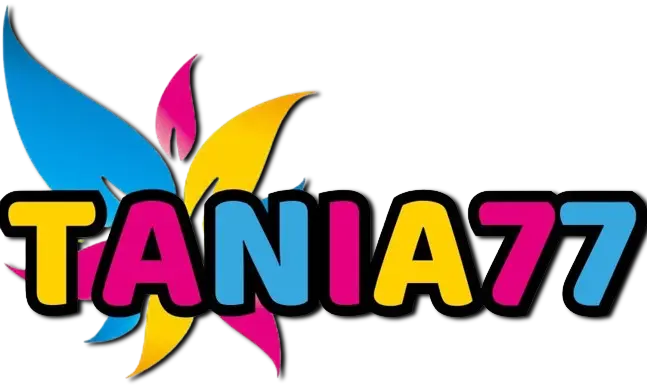TANIA77 adalah tempat bermain game slot gacor rekomendasi dari Pamanslot Login, bermain bersama TANIA77 Slot Gacor banyak mendapatkan keuntungan, diantaranya yaitu banyak nya promosi dan bonus yang menarik, salah satu bonus yang sangat banyak di gemari slotter yaitu bonus 15+15 dan juga ada Prediksi Pola dari Pamanslot APK.
Tania77 telah menjadi salah satu platform judi online terpopuler di Indonesia, menawarkan berbagai permainan yang menarik dan menguntungkan. Salah satu fitur unggulan dari Tania77 adalah Tania77 20, yang memberikan pemain akses ke berbagai slot dan permainan lainnya dengan peluang menang yang tinggi. Bagi pengguna yang ingin merasakan pengalaman lebih eksklusif, Tania77 VIP menawarkan manfaat tambahan, seperti bonus khusus dan akses ke turnamen eksklusif. Untuk memulai, pengguna dapat melakukan Tania77 login melalui website atau aplikasi mobile. Aplikasi Tania77 sangat praktis dan dapat diunduh dengan mudah, memungkinkan pemain untuk bermain kapan saja dan di mana saja.
Proses Tania77 Download sangat cepat, sehingga pemain dapat segera menikmati berbagai permainan yang ditawarkan. Setelah menginstal aplikasi, mereka bisa melakukan Tania77 Slot Login dengan mudah dan langsung memilih mesin slot favorit. Salah satu slot yang populer di kalangan pemain adalah Tania77 Pro, yang dikenal dengan peluang menang yang besar. Tania77 juga aktif di media sosial, termasuk Tania77 Facebook, di mana mereka membagikan informasi terbaru, promosi, dan tips bermain. Hal ini membuat pemain tetap terhubung dan mendapatkan informasi penting untuk meningkatkan pengalaman bermain mereka. Bagi yang belum bergabung, daftar Tania77 Gacor sangatlah mudah. Cukup kunjungi situs resmi, isi data yang diperlukan, dan Anda siap untuk mulai bermain. Dengan berbagai keuntungan dan fitur menarik, Tania77 Resmi memang menjadi pilihan tepat bagi para pecinta judi online. Jangan ragu untuk menjelajahi semua yang ditawarkan dan raih kemenangan Anda.













